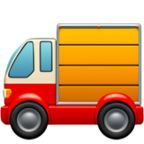Air freight from USA to Europe
Air freight from USA to Europe and other countries — affordable and fast way to deliver different goods to Frankfurt, Hamburg, Riga, Tallinn, Helsinki, Rotterdam and other cities.
Table of contents
The use of air transport is characterized by profitability, consistency of departures and arrivals, delivery flexibility, low insurance premiums and high safety standards. Consider below the types of freight transportation, cargo requirements, major destinations, speed/price of delivery and other features.
Types of cargo transportation
When choosing how to deliver goods to the desired destination, there are several freight shipping options available:
- Automobile. Used, as a rule, for transportation over short distances. They are characterized by mobility and high speed, low probability of damage, cargo consolidation in EU countries and Russia.
- Railroad. Designed for transportation within the country and between different countries. Allows transportation of large consignments with a guarantee of safety of goods. Timeliness of delivery and low prices.
- By air. Used for international transportation, for example, from USA to Europe, China, Russia, etc. This option is distinguished by high speed, great coverage and safety for cargo. Transportation is carried out by minimal batches.
- Maritime. Used for transportation of large and small consignments, have almost no restrictions on dimensions and are characterized by low price.
If you need to ship cargo from the U.S. to Europe, air cargo shipments are used. They, in turn, are divided into the following types:
- Collected cargo transportation. Products are sent to a consolidated warehouse, from where they are sent to the recipient as a general consignment (large or small).
- Multimodal transportation. Implies the use of several modes of transport.
By geography of delivery air cargo transportation can be:
- International. Focused on the transportation of goods between countries. For example, this can be a cargo transportation from the USA to Europe. Selecting this type of delivery may require crossing the airspace of several countries.
- Interregional. Carried out within one country. Sometimes used for delivery of cargo between remote regions/states. Although no other countries' borders are required to be crossed, permits are required.
Air Freight and Requirements for Types of Cargo
The U.S. is a large nation with a leading position in terms of economy and active trade within and outside of the country. The geography of trade transactions includes partners all over the world. A wide variety of types of goods are delivered. But special transport requirements must be taken into account.
Classification and Categories
Conventionally, shipments are divided into several types:
- General. The weight of such products does not exceed the weight established by the manufacturer for a particular transport.
- Dangerous. This group includes substances / items that are potentially harmful to human health / life, the environment.
- Perishable. Have non-standard dimensions and require a special approach to transportation. To avoid problems, special conditions may need to be created and special routes developed.
- Heavy Items. They weigh a lot, so they need to be separated into components, special means of transportation or competent organization of the process.
- Live. This includes cargo transportation of different animals, namely cattle, birds, pets, etc.
- Other types: valuable, wet, diplomatic materials, etc.
ImportantDifferent categories of cargo are used for air cargo shipments from the United States. The main requirement is to ensure safe transportation at pressures up to 193 GPa, temperatures of "plus or minus" 60 degrees Celsius and vibration loads.
It is very important that during transportation cargo has not changed its physical, chemical and other properties. If the goods are transported on passenger flights, the size and weight must be limited.
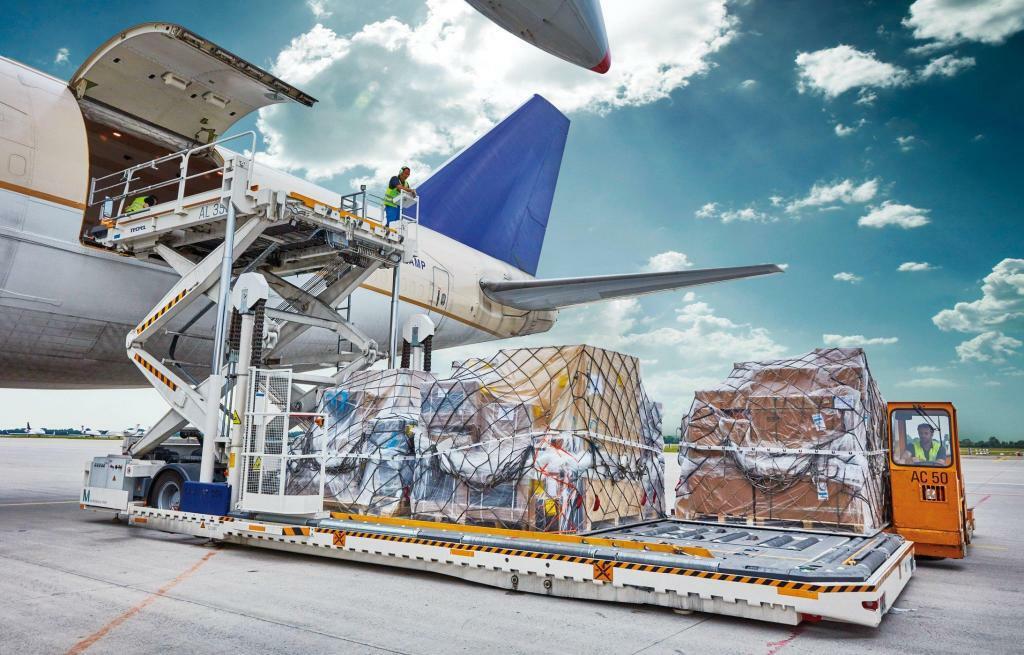
Air cargo shipments allow you to transport goods that fall into different categories: perishable, wet, valuable, live, and others. The peculiarity is that they require special conditions of transportation. When organizing a shipment from the U.S. to other countries, for example in Europe, the shipper must solve all the bureaucratic issues for the import / export.
It is about obtaining licenses, certificates, and other permits required for the destination country. The sender also ensures that the requirements of authorized agencies related to such shipments are met.
What is forbidden
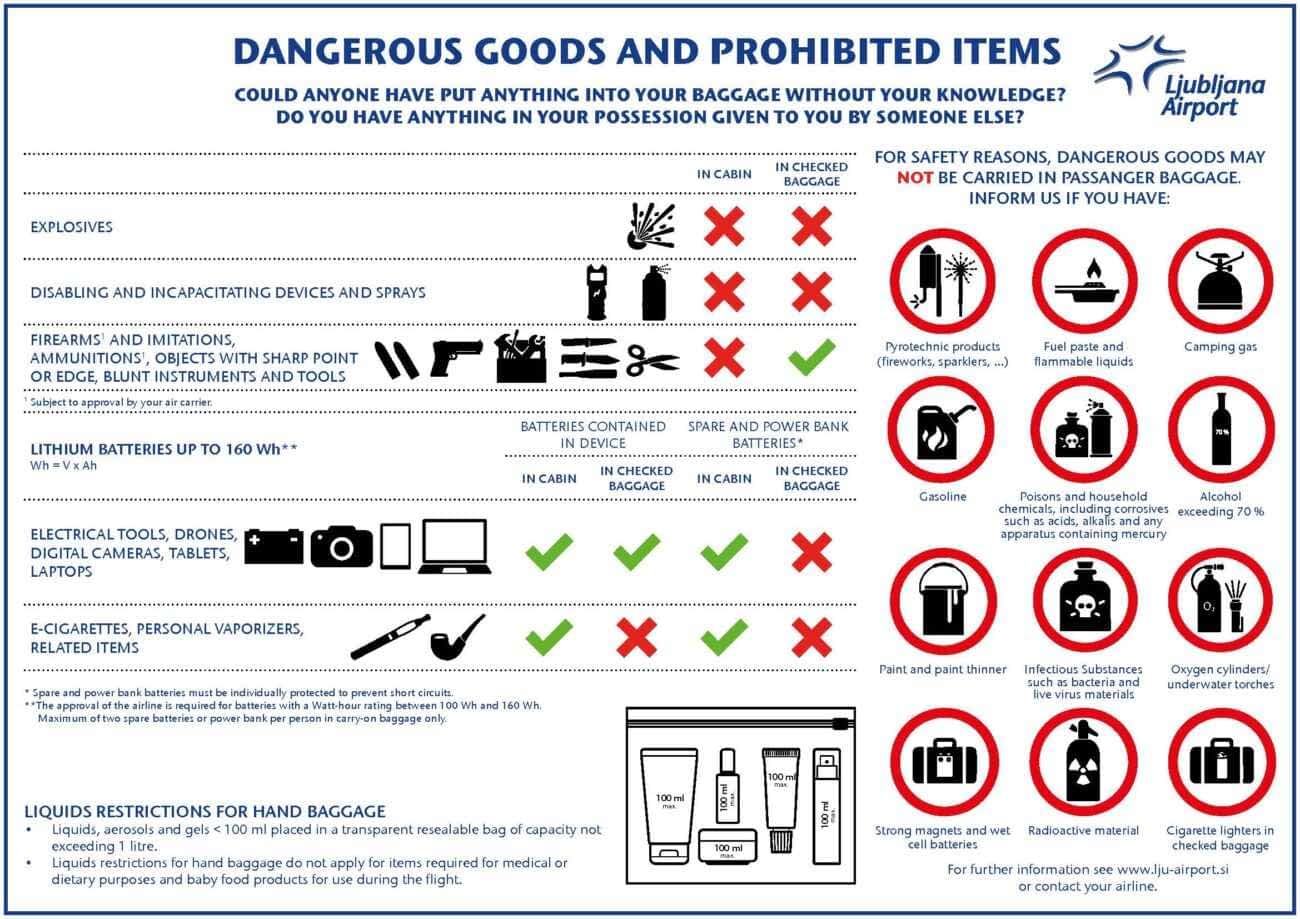
When organizing airfreight it is important to consider a number of restrictions and bans. The following items are prohibited/restricted in most countries:
- Weapons and ammunition.
- Live cargo.
- Goods in vegetable packaging, e.g. made of hay / straw.
- Human remains.
- Counterfeit money.
- Valuable papers.
- Plants / plant materials.
- Drugs and raw materials for their manufacture.
- Vaccines and goods of biological nature.
- Literature with obscene content, etc.
Features of packaging
It is important to consider the packaging requirements for shipments during airfreight. It is obligatory to check container and packing, compliance with specifications and standards. If there are no such requirements for packaging, the packaging must be intact and provide safe and secure securing of the cargo.
There are also a number of other requirements for packages:
- Consistency with the contents of the shipment.
- Binding with soft ropes to provide the necessary protection.
- Special conditions apply when shipping dangerous, valuable or live cargo.
- Dryness and cleanliness, no sharp corners or protrusions which could damage the aircraft.
- Use of containers made of glass, metal, ceramic, plastic or wood, capable of withstanding the internal pressure inherent to the altitude / temperature.
- Acceptance of agricultural cargo for transportation in unusual containers, necessary to preserve the product during air transportation.
- Sealing of containers / packages, use of standard seals with the display of letters / numbers.
- Use of special packaging for perishable products.
- Drawing up a fumigation certificate for the transportation of products in wooden packaging.
If the packaging does not meet the declared requirements, the shipment cannot be transported by air. Packaging is compulsory for the following types of goods:
- different types of wheels: grinding, abrasive, sandpaper;
- Heavy / large items;
- Electrical and household equipment;
- Bulk goods in paper packaging;
- other goods that need to be well packaged for safety during the flight.
- heavy
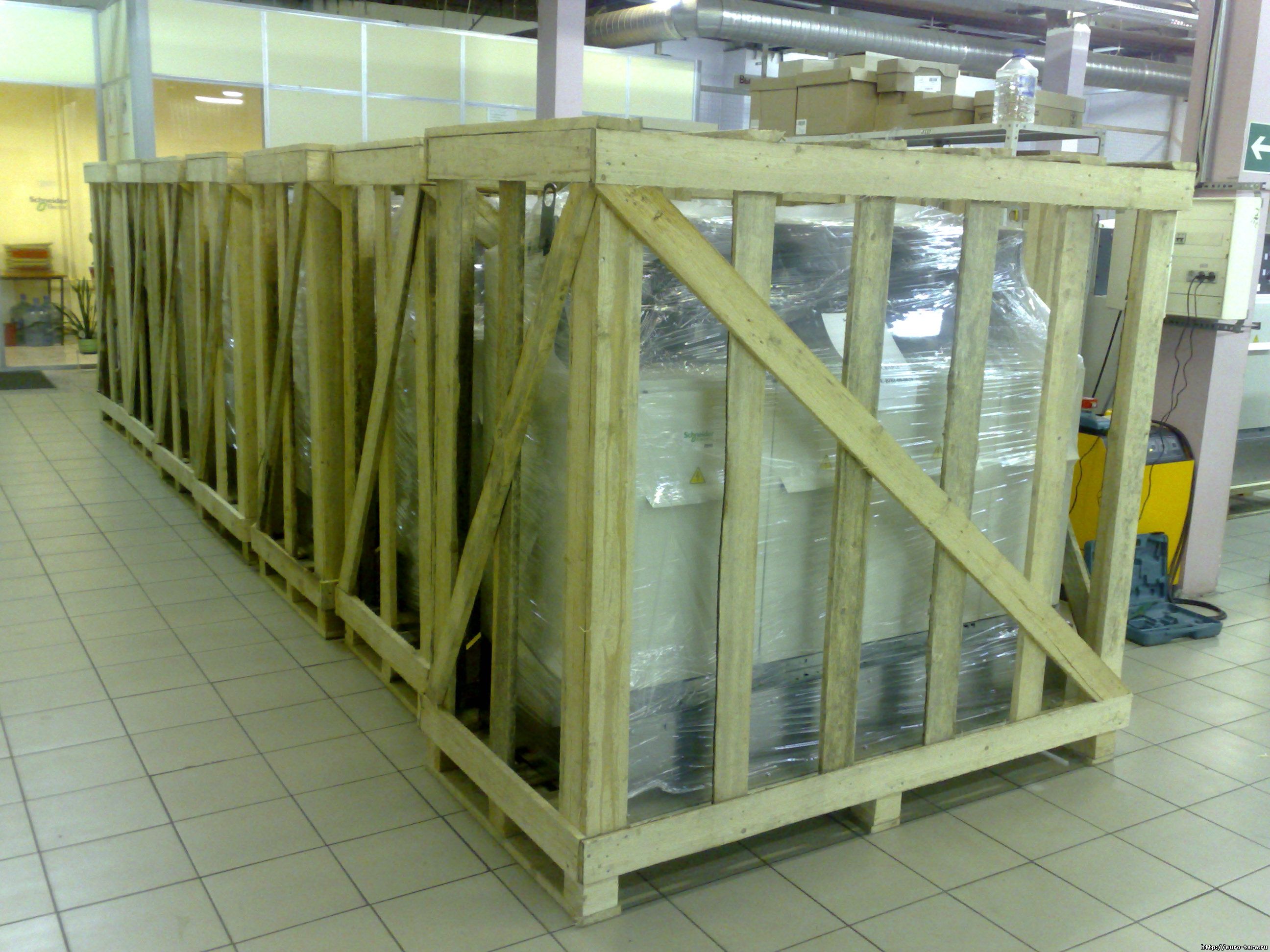
Labeling
When making international shipments from the U.S., consider the labeling regulations of the country to which the shipment is being shipped. Labeling may include basic/additional data, special information, labels, and other marking methods.
The sender is responsible for proper labeling, name/address of the recipient. The information includes the full name of the recipient / sender in English, the name of the end point, the number of place, the features of the shipment and labeling. Number of places / number are indicated when transporting different types of goods.
In addition, other information may be written on the marking:
- the nature of the product;
- the volume of the item;
- gross / net weight;
- full / conventional name of the sender of the cargo.
The dimensions of the place are not prescribed, if the dimensions of any of the sides are not more than 70 cm. The airport marking must contain its name and code, number of the consignment note, total weight, number of pieces, and the name of the transfer. Special tags are used for applying this information.
Main areas of delivery
Today, shipments from the U.S. are made to more than a hundred countries around the world, and in many directions preference is given to air transport. If we talk about Europe, the most popular destination cities are:
- Germany: Hamburg, Frankfurt, Berlin, Basel, Munich.
- Baltic countries: Tallinn, Riga, Warsaw and Vilnius.
- Scandinavia: Helsinki, Oslo, Malmo, Amsterdam, Copenhagen.
Popular and other destinations, including China, Russia, Ukraine, and other countries. In most cases, the rules and features of freight transportation are similar, but may have peculiarities, taking into account the legislation of the destination country.
Multimodal transit through Europe
Multimodal transportation has been gaining popularity lately. They involve a phased delivery of goods by different modes of transport and using all available infrastructure. A special feature is the combination of air, sea, road, rail, and river transport.
When shipping cargo from the U.S. to Europe, the use of multimodal transportation variant is the most effective. This is due to the large number of hubs in Europe. For example, when delivering cargo from the United States to Russia, a bundle from the U.S. to Europe, and then from Europe to Russia is possible.
Points in Milan, Tallinn, Berlin or other cities can be used as consolidation warehouses. This method of transportation has a high level of complexity, so the task of the logistician is accurate calculation / coordination to avoid delays and damage to the goods.
Nevertheless, multimodal transit through Europe has several advantages:
- Quicker elimination of misunderstandings.
- The ability to deliver cargo directly to a person's door with the use of road transport in the last step.
- Using the functions of a single carrier company.
- Making a route while coordinating the conditions with the client.
- Fewer approvals.
- Lower price.
Speed of delivery
The use of air freight can speed up the process of delivering goods to the final point. But here much depends on the company-carrier and the passage of all the arrangements for preparation.
In particular, we are talking about finding and selecting an agent, coordinating the date of transportation, determining its price and route, choosing the terminal and the person in charge. Depending on the final destination, the entire process takes up to 48 hours (sometimes longer) from check-in to delivery.
Airfreight charges for shipping from the U.S. to Europe
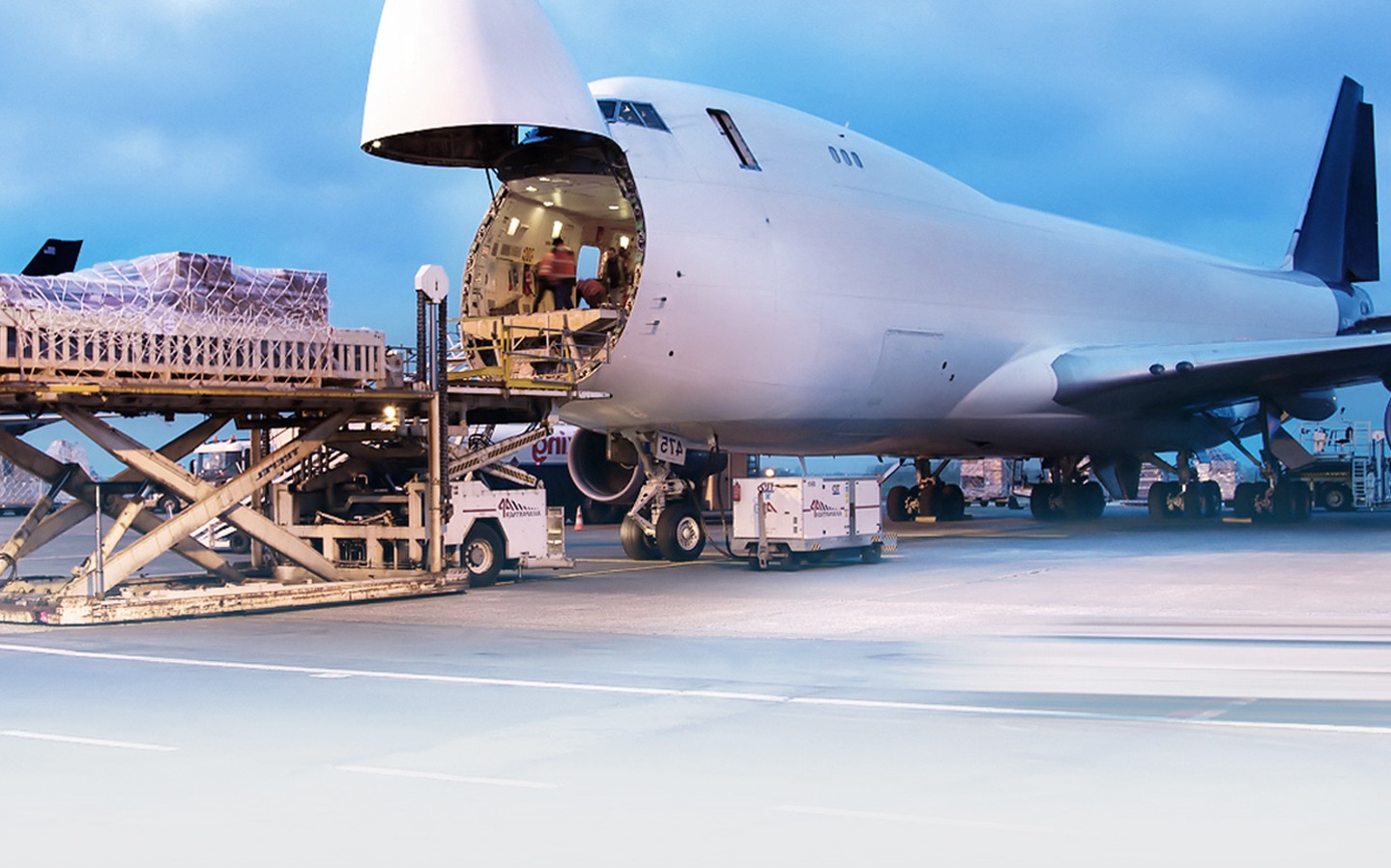
The cost of air freight depends on many factors and is always calculated individually. Among the main features affecting the pricing are:
- cargo weight and dimensions;
- destination country;
- loading address;
- hazard class;
- special requirements for cargo transportation;
- additional services: kitting, quality control, assembly and repair;
- carrier's policy, etc.
To get the exact amount you need to contact the carrier itself or use a special calculator. Please note that the rates are updated regularly, so in each case the conditions should be clarified individually. With the regular use of the services of a particular company you can count on discounts.
The bottom line is
Air cargo shipments from the United States to Europe are considered the fastest and most affordable way to deliver goods.
This is due to the large selection of proposals on the part of airlines, the ability to carry dangerous and bulky cargo and small requirements from the position of documentation. The main nuance concerns prohibited items, quality of packaging and labeling of products, taking into account the peculiarities of the legislation of the recipient and sender's country.


